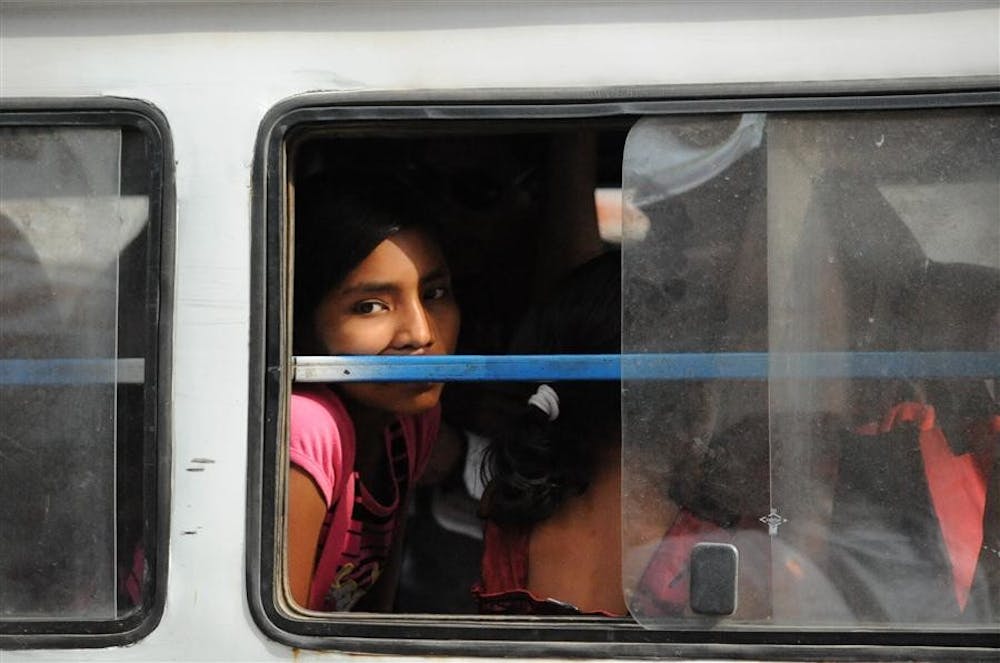Kathmandu, Nepal — For the first time in days I had awoken to the sound of nothing. The city seemed to have all but ground to a halt. No car horns, no music, not even the sound of the rooster living on my rooftop.
It seems the whole of Kathmandu, rooster and all, had taken a holiday from producing its noxious sounds, sights and smells. It was only when I had left the comfort of our guest home’s courtyard that I realized what was happening.
Bund. The residents of Kathmandu were on strike. It would not be last time the city’s inhabitants would close their storefronts, blockade roads and refuse to provide taxi services for the duration of my stay here.
To place the current and severely underreported state of politics within Nepal in a sort of meaningful context, one must first understand the country’s tortured past.
Additionally, one must comprehend the events which have lead up to its present level of political disarray, corruption and complete loss of faith in the system amongst the populace.
It was only in 1990 that Nepal was declared a Parliamentary Monarchy, a system that allocated political power from the monarch over to a Prime Minister.
Prior to this, the country conducted itself as an Absolute Monarchy with then King Birendra enacting executive control over the state. Nepal’s Communist Party of Nepal (Unified Marxist-Leninist) won the 1994 elections. However, halfway through the year, the losing party, Nepali Congress Party, dissolved congress due to political infighting and dissent, thus forming an unstable coalition government within the state.
In 1996, the Maoists had committed an insurgency against the state.
During the insurgency, close to 13,000 Maoist rebels and civilians were killed. Violent acts against the state, on behalf of the Maoists, continued throughout all 75 districts of Nepal until the government announced a cease-fire in 2001.
Maoists continued to commit violent acts against the state even after the cease-fire on a much smaller scale.
In Feburary 2005, then King Gyanendra had suspended parliament and enforced martial law, thus declaring himself sole executive ruler of Nepal, claiming the Parliamentary states inability to cope with continued Maoist rebellion. It was soon after that Nepal’s citizens took to the streets in protest of the Monarch; and due to fear of being overthrown by the people, King Gyanendra reinstated the House of Representatives on April 24, 2006.
Only weeks later Parliament had taken full control of the state, abolishing the Kings council of royal advisors and declaring Nepal a secular state and no longer a Hindu Kingdom.
King Gyanendra was held under scrutiny for his actions and his property was put up for taxation by Parliament.
In April 2008, Nepal held elections during which the Communist Party of Nepal (Maoists) gained majority control; and soon after in May, declared Nepal a Federal Republic, thus abolishing the Monarchy and it’s 240-year reign over the country.
Much of the populace had believed the country’s political and economic troubles could finally be resolved, but continued corruption and political infighting have made it near impossible for the powers to design a constitution all parties could agree on.
The most prominent of the many issues unresolved to this day is that of the treatment of the aforementioned Maoist insurgence, who are forced to live in camps separated from the rest of Nepali society.
Economic problems and instability have only served to make the populace increasingly impatient with the governing powers then they already have been.
A temporary constitution had been in place for the first two years after Nepal had been declared a Federal Republic, granting Parliament enough time to design a permanent one.
The deadline was only weeks away, and tensions were visible within Kathmandu. Bund would only increase in duration and frequency in the coming days, along with the number of armed military and police forces patrolling the streets, wielding arms and bamboo sticks, throwing the occasional civilian a threatening glance or even engaging in a shouting match or two.
I had ventured beyond Thamel and along the main streets witnessed the Maoists marching through the streets. They were followed by busses loaded with protestors who had spilled over onto the roofs, shouting, singing and waving Maoist Communist flags.
On top of the world: The political tensions of Nepal

Get stories like this in your inbox
Subscribe





